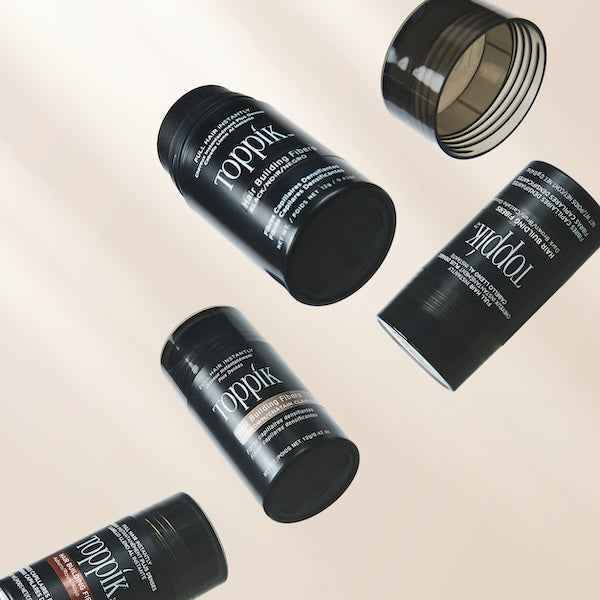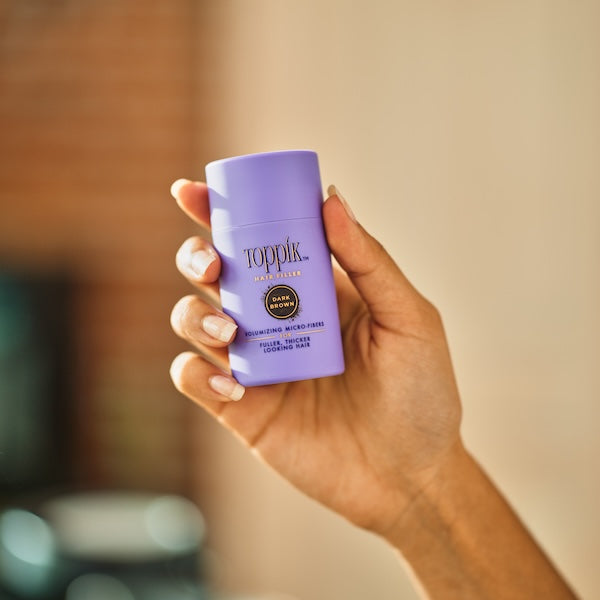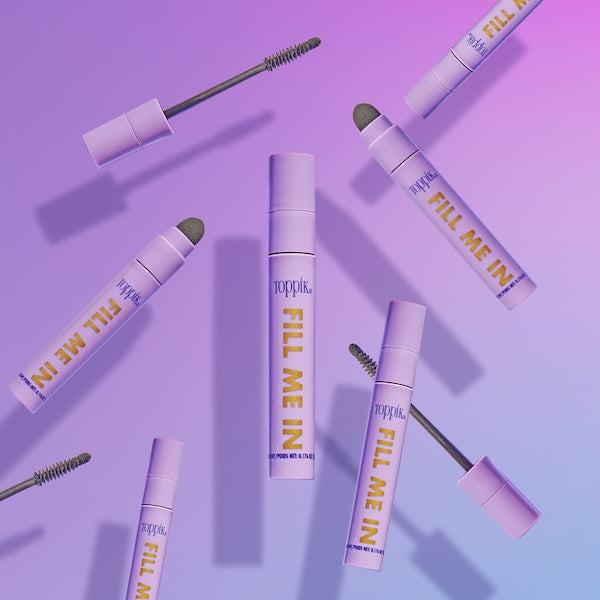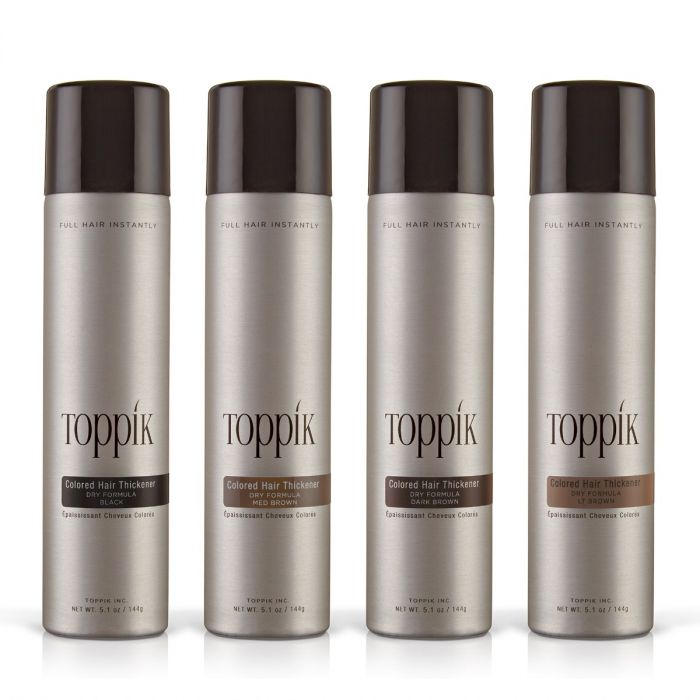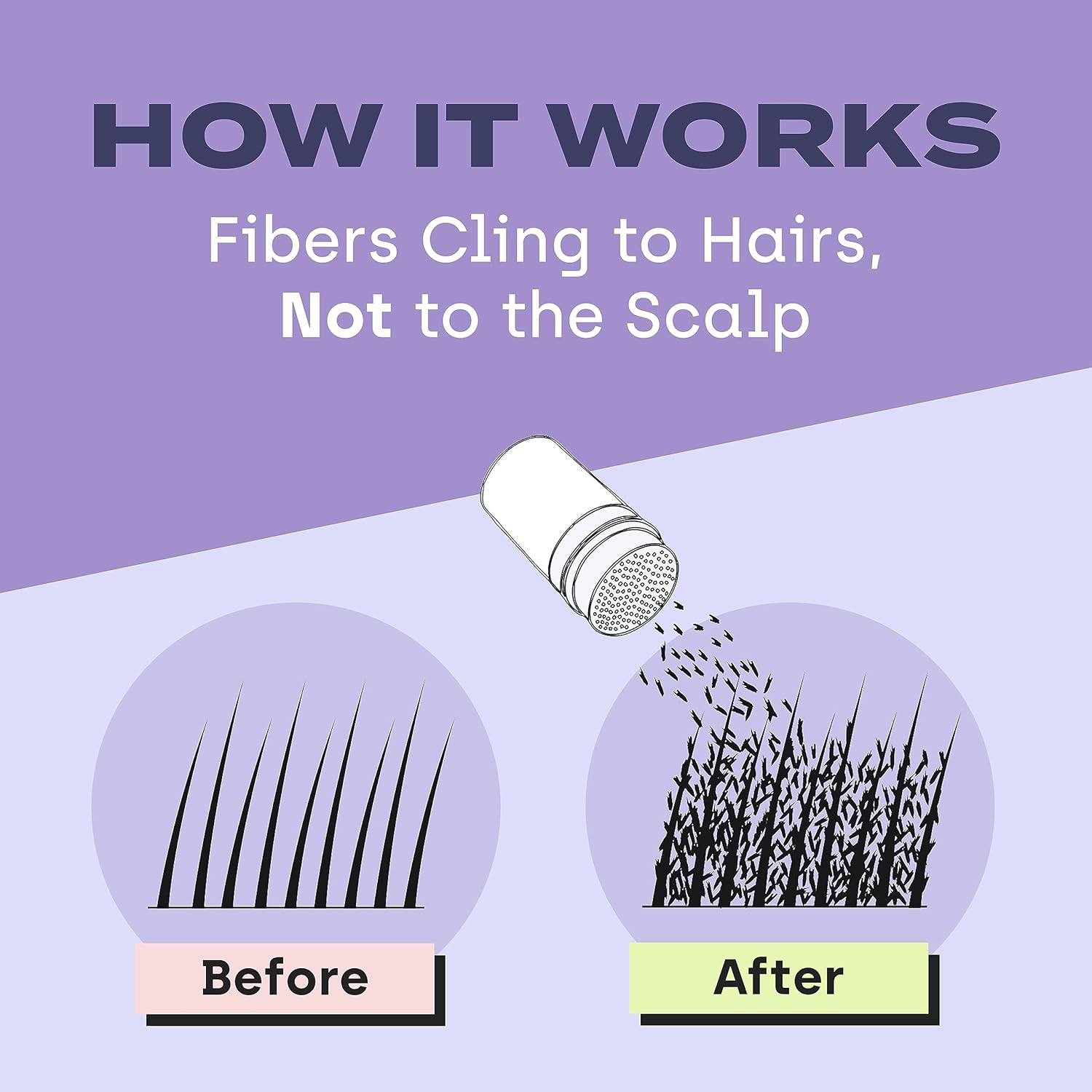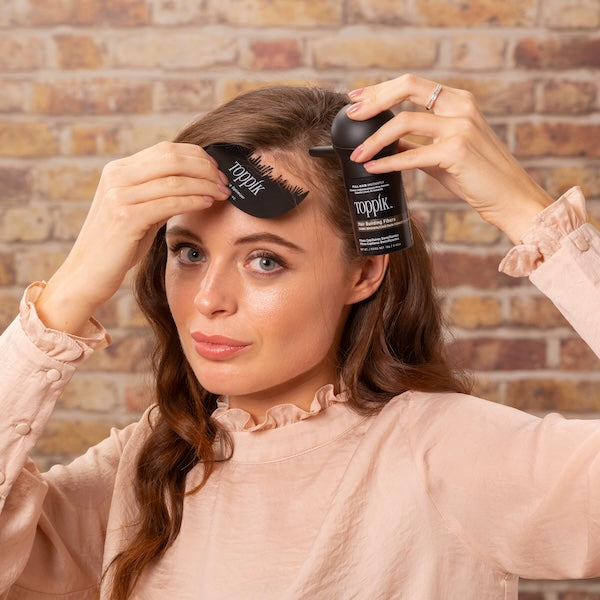As the leaves begin to change color and fall from the trees, you may notice something else falling more than usual–your hair. If you’ve been finding more strands on your pillow or clogging up the shower drain recently, you may wonder, “Is seasonal hair loss common?” You’re not alone; many people experience increased hair shedding during the autumn months. But why does this happen, and what can you do about it? Keep reading to learn more about seasonal hair shedding and discover some solutions.
Understanding Seasonal Hair Shedding

The Science Behind Hair Growth Cycles
To understand seasonal hair shedding, it’s important first to grasp the hair growth cycle basics. Each hair on your head goes through four phases:
- Anagen (Growth) Phase – This is the active growth phase where hair follicles produce new hair cells. It can last anywhere from two to seven years. The length of this phase determines how long your hair can grow.
- Catagen (Transition) Phase – This short transitional period lasts about two weeks. During this time, the hair follicle shrinks and detaches from the blood supply.
- Telogen (Resting) Phase—This is the resting phase, during which the hair stops growing but remains in the follicle. It typically lasts up to four months.
- Exogen (Shedding Phase) – After a period of rest, the hair falls out, making way for new growth.
At any given time, about 90% of the hairs on your scalp are in the anagen phase, while about 1% are in the catagen phase and 9% are in the telogen phase. Seasonal hair shedding occurs when a more significant proportion of hairs than usual enter the telogen phase simultaneously.
When Does Hair Shed the Most?
You might be surprised to learn that hair growth and shedding patterns follow a seasonal rhythm. A 2009 study published in the journal Dermatology found that hair loss in women was highest in the summer and fall months.
The study showed that the proportion of telogen hairs (in the resting phase before falling out) peaked in July. Considering that the telogen phase lasts about 100 days, this explains why many people notice increased shedding in autumn. A second, smaller peak was observed in April, suggesting that some people might also experience a summer shed. According to this study, the lowest proportion of telogen hairs occurs in January.
It’s worth noting that this study had some limitations. It only included women, so it’s unclear if the same patterns apply to men. Additionally, all participants were from a single geographic location (Zurich, Switzerland), so the study did not account for regional variations.
Why Does Your Hair Shed More in the Fall?
The exact reasons for seasonal hair shedding in the fall aren’t fully understood. One theory is that the excess hair fall could be due to hormonal changes. Our bodies produce different levels of hormones throughout the year in response to changes in daylight and temperature. These hormonal fluctuations may influence hair growth cycles. Another theory, according to Dr. Angela Lamb, director of the Westside Mount Sinai Dermatology Faculty Practice in New York City, could be due to seasonal dietary changes.

Differentiating Between Normal Seasonal Shedding and Hair Loss
While seasonal hair shedding appears to be a normal phenomenon, it’s important to distinguish it from more serious hair loss conditions. Here are some signs that might indicate that hair shedding is more than just seasonal:
- Sudden, patchy hair loss
- Significant thinning or bald spots
- Scalp irritation or redness
- Hair loss accompanied by other symptoms like fatigue
You may want to consult a physician if you’re experiencing any of these symptoms.
The Impact of Seasonal Hair Shedding
While some hair shedding is normal, excessive shedding can be distressing, especially for those already dealing with thinning or hair loss.
Physical Effects
Seasonal hair shedding can lead to temporarily thinner-looking hair, particularly noticeable in areas already prone to thinning. For women, this often means a wider-looking part or a smaller ponytail. Men might notice a receding hairline or thinning at the crown.
Emotional Impact
You shouldn’t discount the emotional toll of hair loss. Many people, especially women, feel less confident and attractive when their hair thinning is noticeable. Hair loss may negatively impact self-esteem, body image, and overall quality of life.

How to Manage Seasonal Hair Shedding
The good news is that seasonal hair shedding is usually temporary. Shedding typically slows as your body adjusts to the new season and hair growth returns to normal. However, there are several steps you can take to minimize shedding and promote regular hair growth:
1. Maintain a Healthy Diet
Nutrition plays a crucial role in hair health. Ensure you’re getting enough of these key nutrients to promote regular hair growth:
- Protein – Hair is primarily made of protein, so include lean meats, fish, eggs, and legumes in your diet.
- Iron—Iron deficiency may lead to hair loss. Red meat, spinach, and lentils are good sources of iron.
- Biotin – This B vitamin is essential for hair growth. Find it in eggs, nuts, and whole grains. While biotin supplements are popular, most people get enough from their diet.
- Vitamin A – This vitamin helps your cells to grow, which, in turn, helps your hair grow. Vitamin A-rich foods include sweet potatoes and carrots.
- Vitamin C – This antioxidant is essential for helping your body create collagen, an important component of hair. Find it in citrus fruits and bell peppers.
- Zinc – This mineral is important for hair growth. Good sources include oysters, beef, and pumpkin seeds.
Consider taking a multivitamin or targeted hair supplement if your diet lacks these nutrients.
2. Manage Stress
Stress can exacerbate hair shedding, so try incorporating stress-reduction techniques into your routine:
- Meditation – Even 10 minutes a day can help reduce stress levels. If you find it difficult to concentrate, try guided meditation.
- Yoga – Combines physical activity with mindfulness for stress relief. Look for beginner-friendly classes at local studios or online platforms.
- Regular exercise – Movement releases endorphins, which can improve mood and reduce stress.
- Adequate sleep – Aim for 7-9 hours per night to help your body recover and manage stress. Establish a consistent sleep schedule and create a relaxing bedtime routine.
- Deep breathing exercises – Practice deep, diaphragmatic breathing for several minutes daily to activate your body’s relaxation response.
3. Be Gentle with Your Hair
Avoid practices that can damage hair and lead to breakage:
- Limit the use of heat-styling tools like flat irons and curling wands. When you do use them, apply a heat-protectant product first.
- Avoid tight hairstyles that pull on the hair, like high ponytails or tight braids. Opt for looser styles or use soft hair ties.
- Use a wide-toothed comb to gently detangle wet hair, starting from the ends and working towards the roots. If your hair doesn’t detangle easily, add a little leave-in conditioner for more slip (just be careful not to apply it to the roots, which can make them look greasy).
- Pat your hair dry with an old t-shirt or microfiber towel instead of rubbing vigorously with a regular towel.
- Trim your hair regularly (every 6-8 weeks) to prevent split ends from traveling up the hair shaft, causing breakage.
4. Use the Right Hair Care Products
Look for volumizing shampoos and conditioners formulated to make your hair appear thicker and fuller. Avoid heavy products that can weigh hair down and make thinning more noticeable. Consider these tips:
- Use a clarifying shampoo a couple of times a month to remove product buildup that can weigh hair down.
- Try a scalp scrub or exfoliating treatment to remove dead skin cells and promote a healthy scalp environment.
- Try using a hair mask once a week to provide extra nourishment to your hair.
5. Protect Your Hair from Environmental Damage
Environmental factors can contribute to hair damage and shedding. When spending time in the sun, wear a hat or use a UV-protective hair product to prevent damage from UV rays. If you swim regularly, wet your hair with fresh water before entering the pool to minimize chlorine absorption and wash it afterward. If your home has dry air, use a humidifier to add moisture to the air and prevent hair from becoming brittle and prone to breakage.

Introducing Toppik Hair Building Fibers
While the above strategies can help manage seasonal shedding in the long term, many people seek an immediate solution to conceal thinning areas and restore confidence. This is where Toppik Hair Building Fibers come in.
Toppik Hair Building Fibers instantly create the appearance of fuller, thicker hair. These fibers are made from keratin protein, the protein that makes up human hair, ensuring a natural look and feel. The fibers have a natural static charge that creates a magnetic effect, allowing them to cling to even the finest hair on the scalp. They are available in nine shades that can be mixed to match virtually any color. Plus, they’re resistant to wind, rain, and perspiration.
Toppik Hair Building Fibers have over 1000 reviews with an average rating of 4.5 out of 5 stars. One user, who goes by the username 1happynana, shared:
“I’m so thankful for this product; I can feel pretty and am confident about the apparent fullness and that I no longer have issues with my scalp showing through when styling my hair. Toppik is definitely a game changer.”
Another user, Penelopepan, noted, “Using these hair fibers gives me more confidence in my appearance. Thank you so much!"

Step-by-Step Guide to Using Toppik Hair Building Fibers
Using Toppik Hair Building Fibers is simple and can be easily incorporated into your daily hair care routine. Here’s how to get the best results.
- Apply the fibers to dry hair that’s been styled as usual. Do not use fibers on damp or wet hair.
- Gently shake the Toppik container to disperse the fibers onto areas where you want more coverage.
- Lightly pat your hair to help the fibers settle and blend with your natural hair.
- Follow up with Toppik FiberHold Spray to strengthen the magnetic bond between the Toppik Hair Building Fibers and the hair strands.
- Consider using the Toppik Spray Applicator attachment and Hairline Optimizer for a more precise application, especially along the hairline.
Seasonal Hair Shedding FAQs
Is seasonal hair shedding normal?
Yes, it’s normal to experience increased hair shedding during certain seasons, particularly in the late summer and fall.
How do you stop seasonal hair loss?
While you can’t completely stop seasonal shedding, you can minimize it through proper nutrition, stress management, and gentle hair care practices.
Does hair grow back after seasonal shedding?
Yes, hair lost due to seasonal shedding typically grows back as part of the natural hair growth cycle.
How do I know if I’m shedding too much hair?
If you’re noticing significant thinning, it may be worth consulting a physician.
Conclusion
Seasonal hair shedding is a common and usually temporary phenomenon that affects many people, especially during the autumn months. While it can be distressing, understanding the natural cycles of hair growth and implementing proper hair care strategies can help minimize its impact.
For those seeking an immediate solution to conceal the appearance of thinning hair, whether due to seasonal shedding or other factors, Toppik Hair Building Fibers offer a quick and effective way to achieve fuller-looking hair. As the #1 instant solution to conceal thinning hair, Toppik has helped countless individuals regain their confidence and love their hair again.
Remember, everyone’s hair journey is unique. If you’re concerned about excessive hair shedding or loss, it may be a good idea to consult with a dermatologist or trichologist. They can help determine if your shedding is seasonal or if there might be other underlying factors at play.
With the right knowledge, care, and products like Toppik Hair Building Fibers in your arsenal, you can face seasonal changes with confidence, knowing that you have the tools to maintain the appearance of full, healthy hair all year round.

